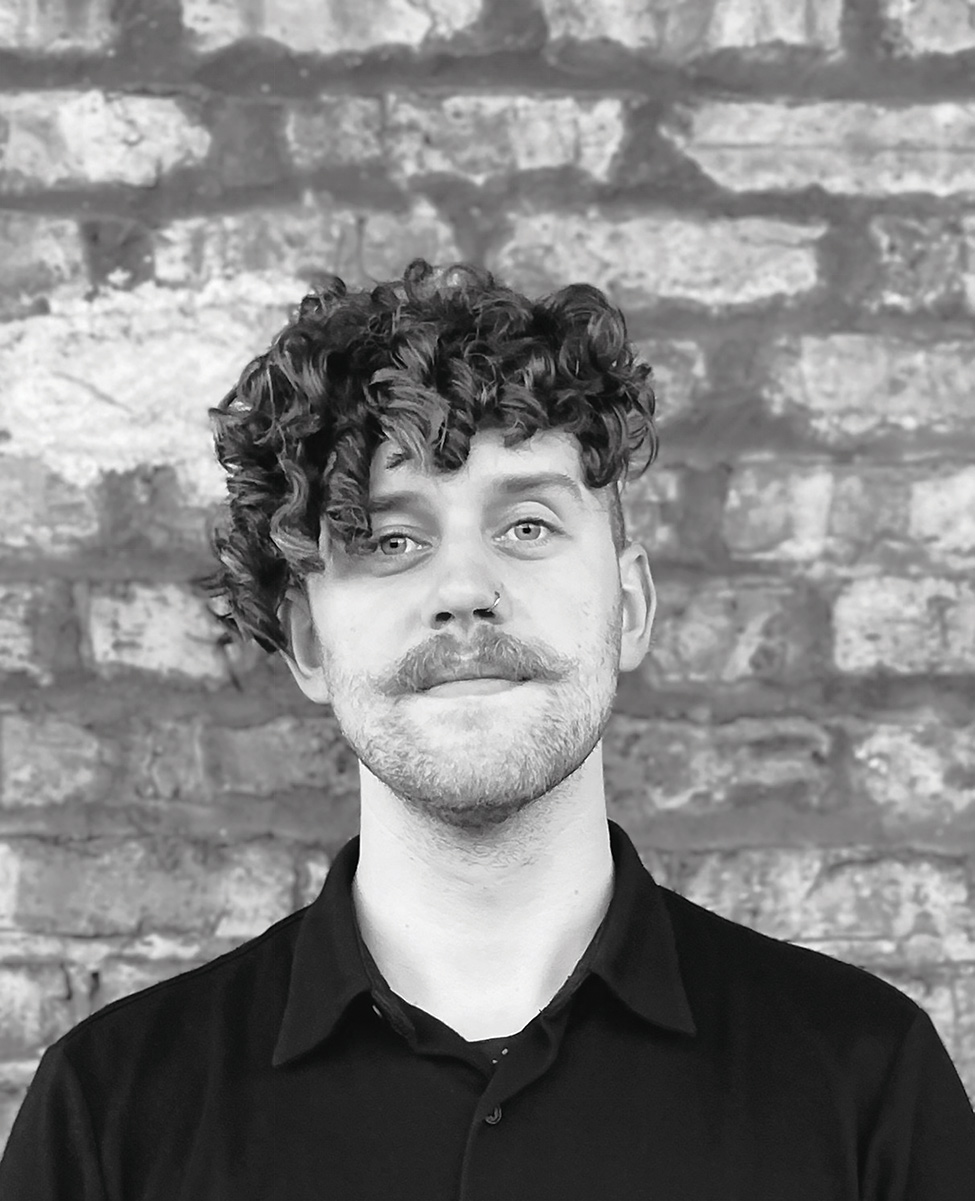SAIC’s Lisa Wainwright: A Native Transplant

By GINNY VAN ALYEA
Professor Lisa Wainwright is actually an East Coast transplant, someone who unexpectedly found her way to Chicago and stayed – an opposite path from so many in the art world who get their start here only to flee to the coasts. Living the life of a native Chicagoan today, she first came to the city 27 years ago via the University of Illinois, Champaign, where she befriended a group of people connected to the Art Institute of Chicago. A highly respected art historian, she is now Dean of Faculty and Vice President of Academic Affairs at the School of the Art Institute (SAIC). Most of all she is a fountain of knowledge on the ins and outs of the local art scene, with her finger on the pulse of the global creative community.
CGN: Tell me how you first came to Chicago.
Lisa Wainwright: The individual who started the Art History program at the School of the Art Institute, Sir Robert Loescher, he was knighted by the king of Spain – he was a Hispanist. A formidable teacher in Art History – the school is known for its art historians – Loescher and I met when I was a graduate student in Champaign, and immediately bonded around my work on Robert Rauschenberg, because he was a huge Rauschenberg fan. Loescher was one of the early historians to think about queer theory, and at the time I was working on gay iconography, including tube socks. A side note – Stefan Edlis and Gael Neeson’s gift to the Art Institute includes an untitled, gorgeous Rauschenberg, and it has a parachute, and other typical Rauschenberg paraphernalia, but it has a tube sock, basically a gay fetish item. So, Bob and I bonded over this, and the next thing I knew, I went from studying tube socks to a full-time job in Chicago. I’m from the East Coast, from Miami and then outside of Annapolis, Maryland, so I never imagined I would be in Chicago, never! But I dig it, I think it’s a great city, and the art scene is pretty interesting.
CGN: We always talk about stemming the tide the other way, in particular how to keep more of our art talent from leaving Chicago.
LW: I think it’s something about being a historian of modern and contemporary art and working in one of the top art schools in the country, connected to one of the most amazing museums in the world. I’m not bookish, you know, and I love being around living artists and students who are attempting to move through the practice. As an art historian surrounded by working artists, why would I leave? So I never left.
CGN: I don’t blame you.
LW: In all that time I’ve moved up through AIC. I was a tenure track faculty, then I got tenure, then somebody said, ‘Oh, you should try administration, we have these elected faculty positions – run for this. I said, ‘What the hell? I’ll run.’ Then I became the Graduate Dean, and when Carol Becker left, I became the Dean Dean.
CGN: Are you still teaching?
LW: I don’t teach that much. I taught this pretty interesting class, recently, called Chicago Collections with Shane Campbell. It was the second time I taught it. We took graduate students into private homes in Chicago and looked at the amazing wealth of works in private collections. We talked to the collectors about their choices and their installation strategies and the market. Shane knows the ins and outs of what’s going on in the gallery world, so that was super fun.
CGN: So that was one recent course.
LW: I teach every other year or so. I just wrapped up SAIC’s first MOOC [Massive Open Online Course]. It’s gone live (kadenze.com) and it’s called Touring Modernism: From the French Avant Garde to American Pop and Beyond. It’s 200 years of art history – Western art history. I’ve spent the last year writing the script, and filming. I went to LA to film – when in my life will I ever be able to say that again? Never. I used the Art Institute as the primary collection, and several AIC curators appear in the videos. They’re going to keep rolling it out. This round it goes through, I think, September or October, and then they’re going to launch it again. And it’s free. It’s online. Anyone can take it.
CGN: What do the students do? Do they just sit there and watch videos? Is there course work?
LW: There are quizzes; there are some assignments. The big project at the end, if you take it for credit, uses this system so that you basically design a gallery and then you drop images in and curate a show virtually.
CGN: Playing paper dolls. It’s like a game.
LW: I mean, curators do that, you know.
I’m excited to see what they do at the end with the course, but that’s been a lot of work – oh my God! I used to teach the big freshman survey, from cave paintings to Anselm Kiefer; I taught the second half, so 19th and 20th century essentially.
CGN: It’s been a long time since I took Art History.
LW: Right, but you remember. You’re going through hundreds and hundreds of slides. I had all of those notes and I dusted that off with my usual feminist bent – I’m pretty much an angry feminist when it comes to the history of art. Too many images of objectified women, and not enough women artists.
CGN: It’s getting better. There’s still work to do.
LW: Boy, is there still work to do.
CGN: Do you think that more women artists are being recognized today, or not? The numbers are a little better.
LW: Yeah, it’s kind of like the Linda Nochlin problem. Nochlin wrote that famous essay in the 70s, Why Are There No Great Women Artists? And it’s because the artists weren’t allowed into the art schools mostly. In the 19th century, the Royal Academy had three women, and then they weren’t allowed to draw from the nude, and it was Realism in the History of Painting, so you’re kinda screwed.
I think, yes, things have changed, post-1970, and we’re even discovering more female artists from the 60s and 50s, but still, in comparison, I mean when you talk about the 19th century and early 20th century, it’s a boy’s game.
CGN: What’s the difference today?
LW: It’s interesting because SAIC is, I want to say, 65% or 67% women. That’s a lot of women.
We’ve definitely gotten more global, too. You can’t teach a contemporary art course today and only talk about western art history; that would be highly problematic, so you’ve got to talk about Asia and Africa and South America as well.
CGN: You travel a lot.
LW: I do travel a lot. I just got back from Italy, where I saw the Christo site. It’s stunning in photos, but to be there, you don’t have the same vista and you don’t have the same perspective, and it was like a big pier. It undulates, but I mean it also was 90 degrees. With 100,000 people. It was Italian craziness at its best, and you know, the thing about Christo, it’s an event, and you don’t know what’s gonna happen and there were all these people – it very much reminded me of the Seurat painting of Sunday Afternoon on the Island of Le Grande Jatte because it was the masses of all classes and shapes and sizes and they were lounging on this vivid golden drape on the blue water and that was kinda beautiful. But Christo is smart, he know’s that media is the lens. It looks great in photographs, it looks great on television. It’s a spectacle. You get everybody asking, “Is this art?” I love that question.
CGN: You see the world, and then what do you see when you return home to Chicago?
LW: I think Chicago is completely in the running of major cities and major art experiences. I mean there is a smaller number of galleries compared to some art centers, but from Shane Campbell, to Rhona Hoffman to the old standards like Zolla/Lieberman and Carl Hammer, and then all the Julius Caesars and alternative spaces, there is some really exceptional energy here. This summer, for instance, I went from Kerry James Marshall at the MCA down to the Terracotta Warriors at the Field in a day, and I thought, ‘Yeah, this is all Chicago,’ from the high art to the general interest in all kinds of expressions that the Imagists enjoyed so much. I can’t even get to everything, so what does that mean?
CGN: What else sets Chicago apart for you?
LW: I think Chicago is one of the most important cities for public sculpture. There’s no city that has the Picasso that we have. I don’t think there is another public Picasso in the United States.
The collection throughout the city is great. From Oldenberg’s [baseball] bat to Anish Kapoor’s Cloud Gate, the Crown Fountain, even the 19th century and early 20th century sculpture in the city is terrific. It’s a great walking city for architecture as well for sculpture. I always bicycle by the Richard Serra [Reading Cones] – it’s out there, very lonely and minimalist power punk that it is. You can see the [Buckingham] fountain if you look through the slit, if you catch it right, which is cool.
CGN: There’s a lot of overlap between art and design and architecture in Chicago; all those things exist here in a unique way.
LW: From the Logan Center to the Block Museum, and the Smart and the Renaissance Society, I think there are a lot of amazing artists and intellectuals in Chicago who work within art and design. This is a rich, rich, rich city.






